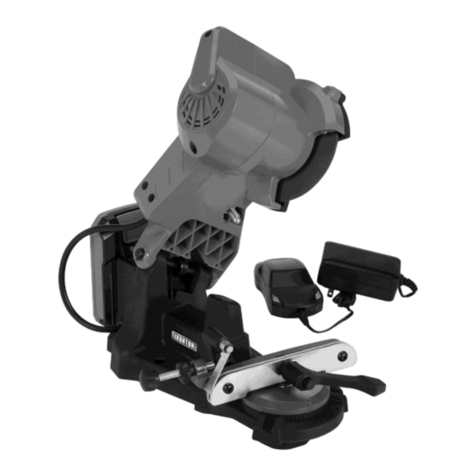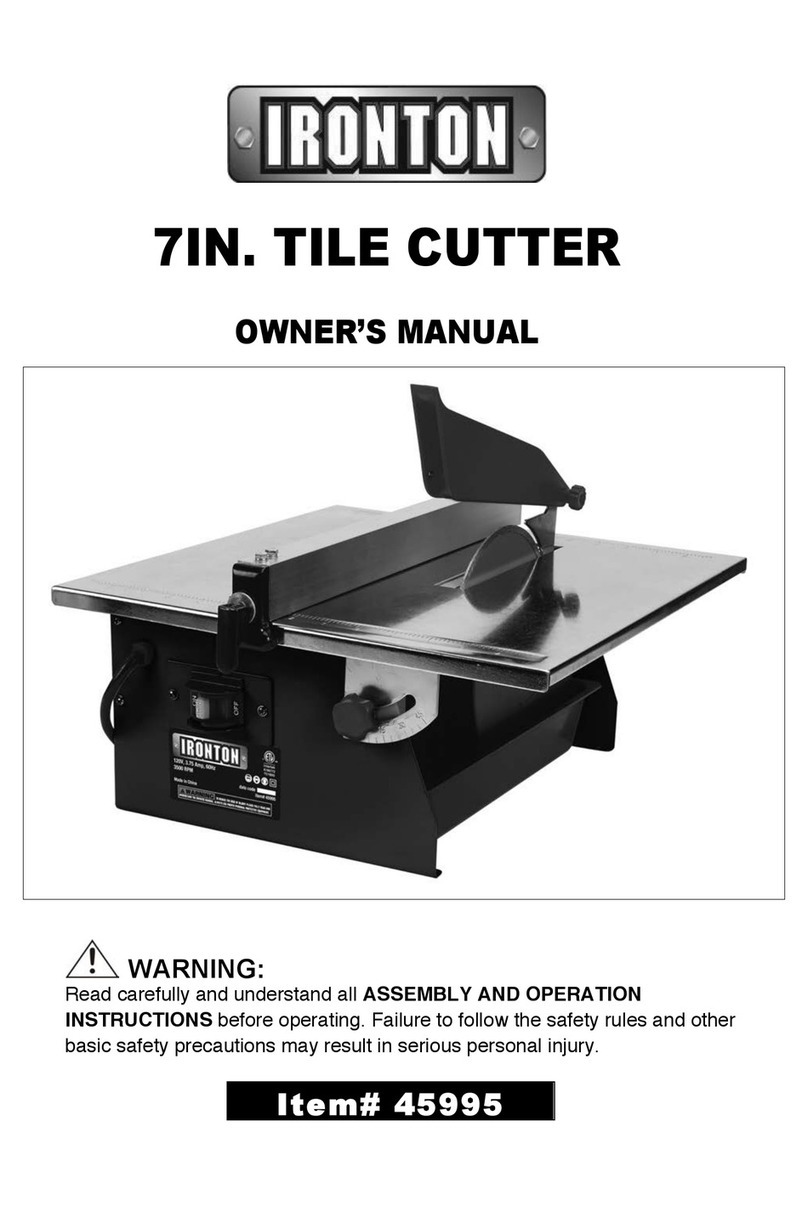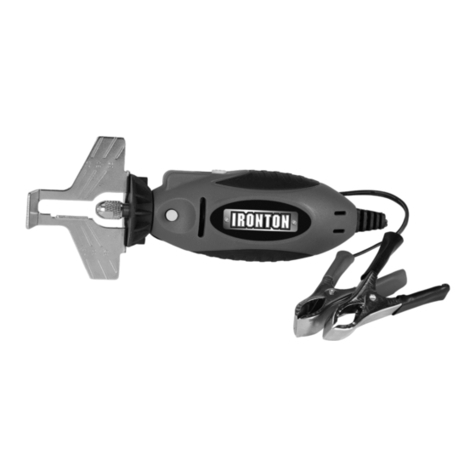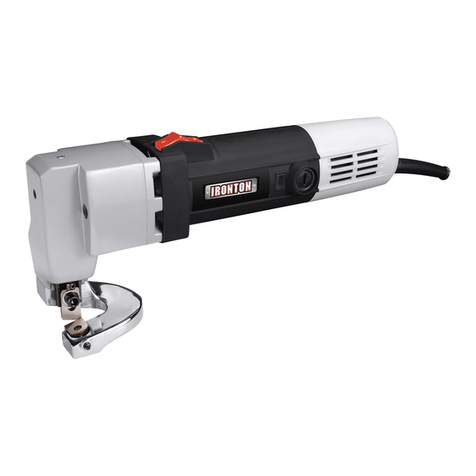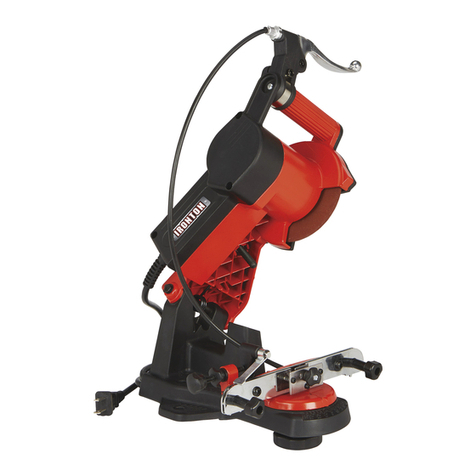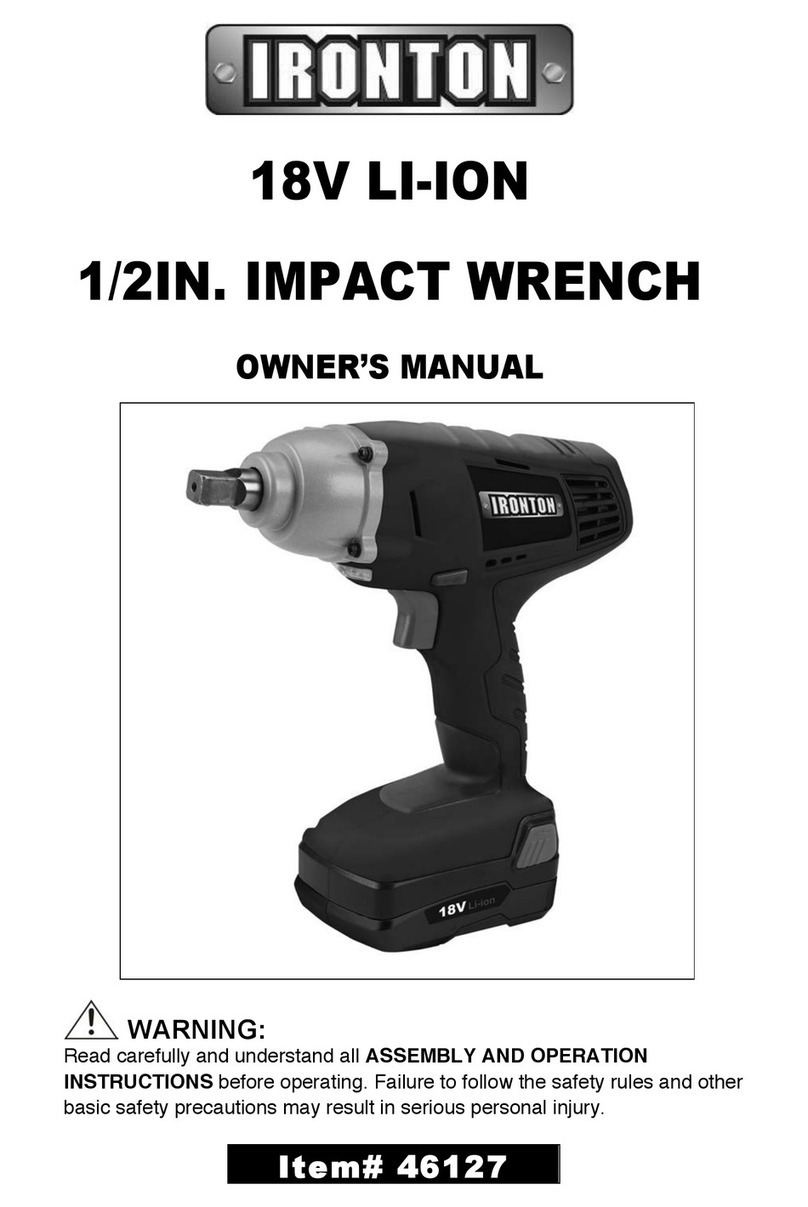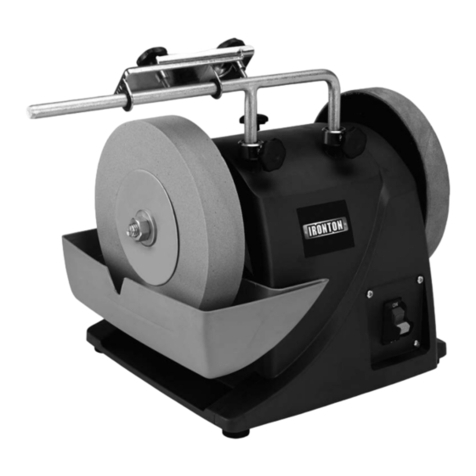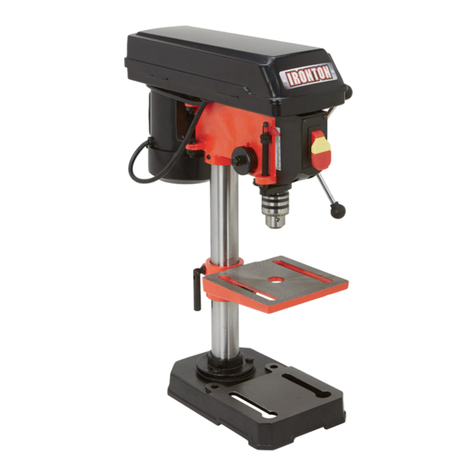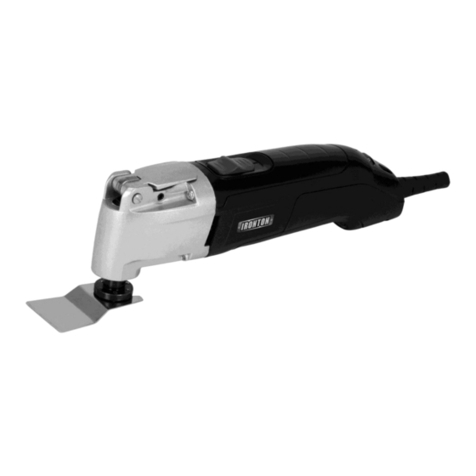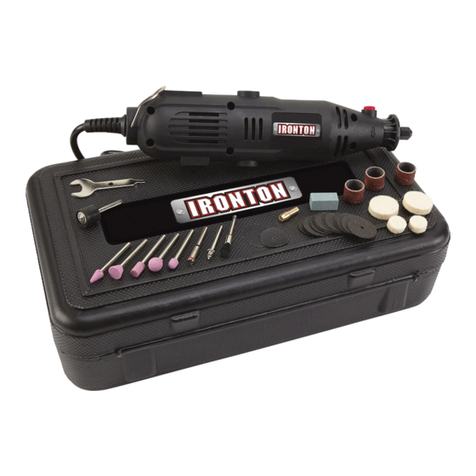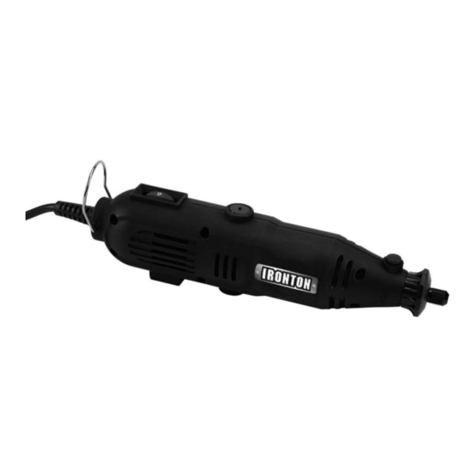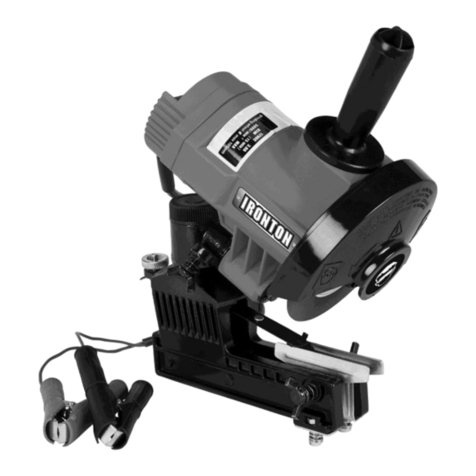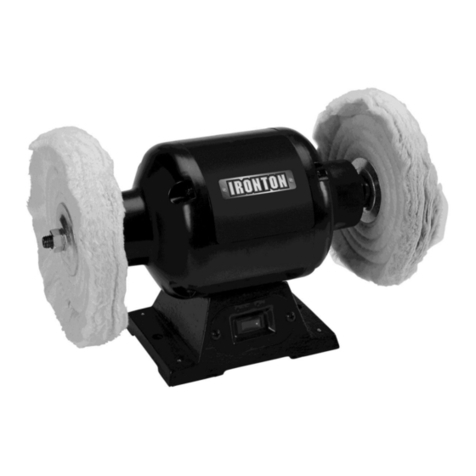applied to homes prior to 1950 is likely to contain lead. Once deposited on surfaces, hand to mouth
contact can result in the ingestion of lead. Exposure to even low levels of lead can cause
irreversible brain and nervous system damage; young and unborn children are particularly
vulnerable. Before beginning any paint removal process you should determine whether the paint
you are removing contains lead. This can be done by your local health department or by a
professional who uses a paint analyzer to check the lead content of the paint to be removed.
LEAD-BASED PAINT SHOULD ONLY BE REMOVED BY A PROFESSIONAL AND MUST NOT
BE REMOVED USING A HEAT GUN.
1. Move the work piece outdoors. If this is not possible, open windows and place an exhaust
fan in a window. Be sure the fan is moving air from inside to outside. Proper ventilation reduces
the risk of inhaling fumes or dust created by using the heat gun.
2. Remove or cover any household items in the area such as carpets, rugs, furniture,
clothing, cooking utensils and air ducts.
3. Place drop cloths in the work area to catch any paint chips or peelings. Wear protective
clothing such as extra work shirts, overalls and hats.
4. Wear a dust respirator mask or a dual filter (dust and fume) respirator mask, which has
been approved by the Occupational Safety and Health Administration (OSHA), the
National Institute of Safety and Health (NIOSH), or the United States Bureau of Mines.
These masks and replaceable filters are readily available at major hardware stores. Be sure the
mask fits. Beards and facial hair may keep masks from sealing properly. Change filters often.
DISPOSABLE PAPER MASKS ARE NOT ADEQUATE.
5. Work one room at a time. Furnishings should be removed or placed in the center of the room
and covered. Work areas should be sealed off from the rest of the dwelling by sealing
doorways with drop cloths.
6. Keep the work environment clean. Keep food and drinks away from the work area. Wash
hands, arms, face and rinse mouth before eating and drinking. Do not smoke, or chew gum or
tobacco in the work area. Paint scrapings and dust created from removing paint may contain
chemicals that are hazardous.
7. Children, pregnant or potentially pregnant women and nursing mothers should not be
present in the work area until the work is done and all clean up is complete.
8. Use caution when operating the heat gun. Keep the heat gun moving to prevent creating
excessively high temperatures. Excessive heat can cause paint and other materials to burn
and cause fumes, which may be inhaled by the operator.
9. Clean up all removed paint and dust by wet mopping the floors. Use a wet cloth to clean
all walls, sills and any other surface where paint scrapings or dust have accumulated. DO NOT
SWEEP, DRY DUST OR VACUUM. Use a high phosphate detergent, trisodium phosphate
(TSP), or a trisodium phosphate substitute to clean and mop the work area.
